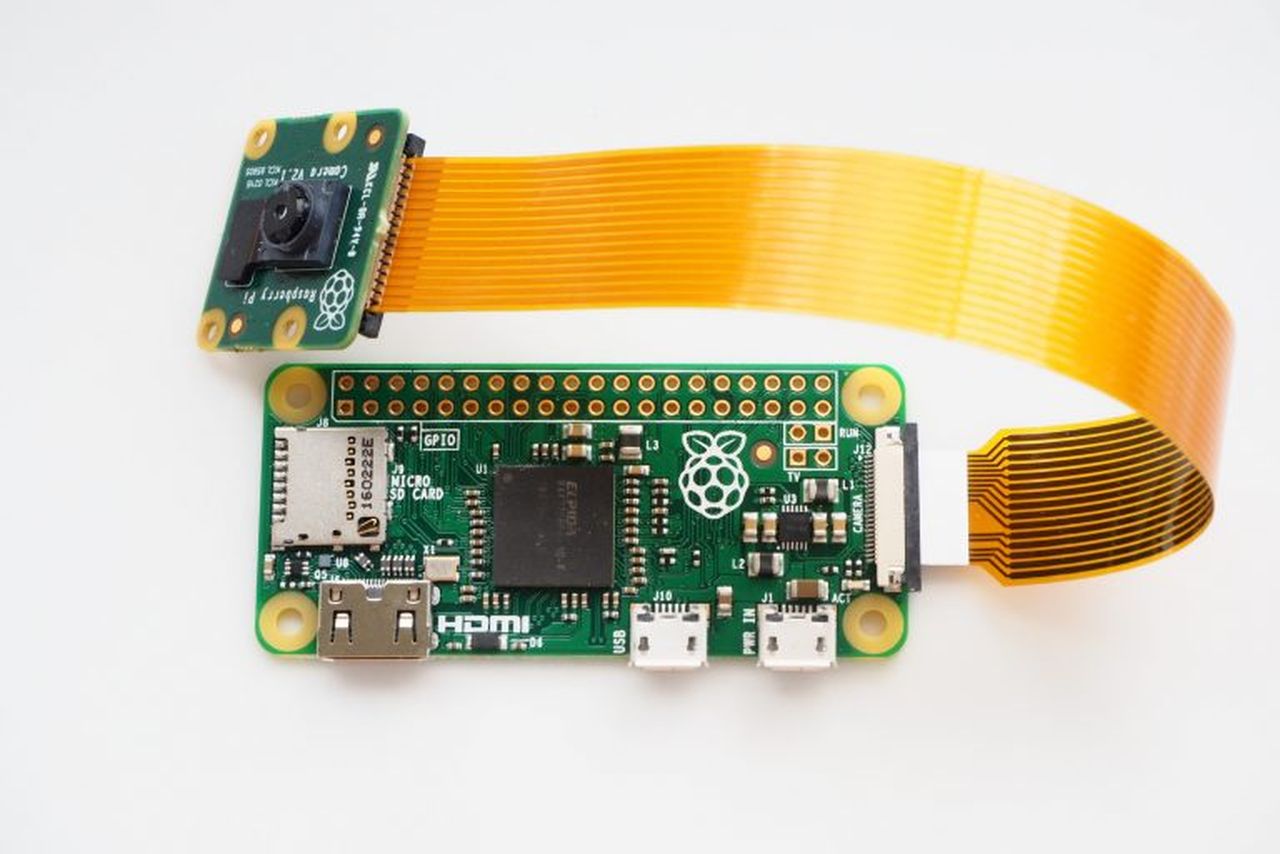A couple of recent advancements from the Raspberry Pi team are making this platform even more enticing for developers around the aquarium. As we wrote back when it launched, the new Raspberry Pi 3 is one heck of a powerful development computer for a meager $35 and is the perfect platform to build an open source aquarium controller community around.

The Raspberry Pi Zero, the simple $5 sibling of the Raspberry Pi now has a photo connector built in giving you the ability to build a simple camera into your project. The Raspberry Pi wants to make it cheap and easy for anyone to start to tinker around with computers, leading to some pretty cool projects like these or like these we’ve seen in the last few years, and having this basic functionality available makes it more enticing for programmers just starting out.
This new connector is also compatible with the upgraded Raspberry Pi camera module that was recently updated to include an 8-megapixel Sony IMX219 image sensor and runs $25. This is a great way to have a lightweight camera decoupled from your smartphone. Many creators have used this type of setup for adding a camera to a telescope.  For aquariums, we see the ability to add simple cameras around the aquarium and do cool things like taking and sending yourself pictures of your aquariums at set intervals or maybe for programming time-lapse scenes. The potential for a Raspberry Pi aquarium controller is pretty endless.
For aquariums, we see the ability to add simple cameras around the aquarium and do cool things like taking and sending yourself pictures of your aquariums at set intervals or maybe for programming time-lapse scenes. The potential for a Raspberry Pi aquarium controller is pretty endless.
Sure there are plenty of “off the shelf” products and a robust controller market, but not everyone wants to drop coin on one ecosystem or they just have the DIY urge and need an extra hobby to keep their hands out of the tank — this is where a Pi controller community will do well. With sensors getting cheaper and connectivity, cloud storage and processing and other innovations we’re seeing in the industrial markets, we can see what we can do with a control move well past turning lights on and off.
We’re pretty excited to see where this goes over the next year or so and we’d love to see any project you might have built using Pi, even if its not for the aquarium.
[via The Verge]



